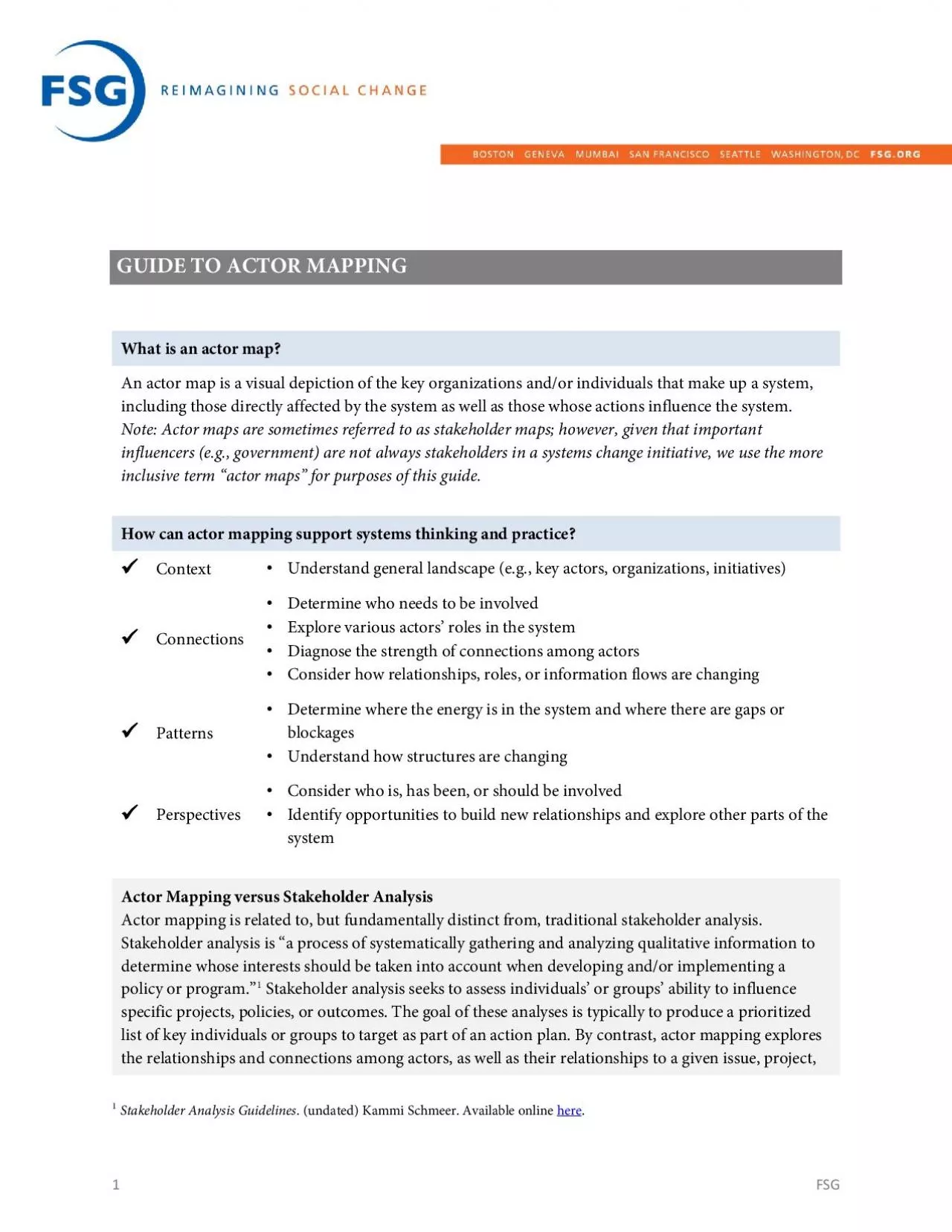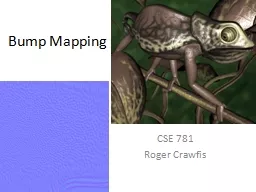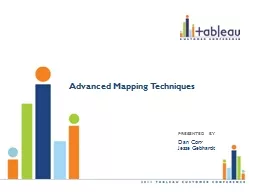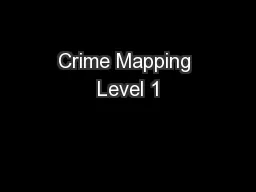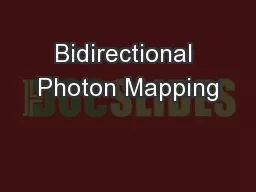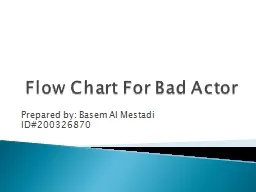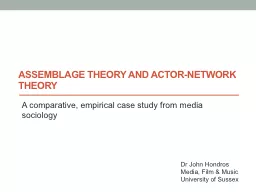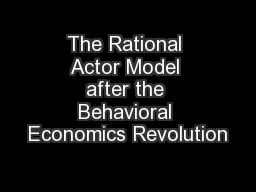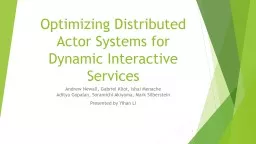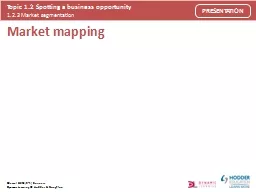PDF-GUIDE TO ACTOR MAPPING
Author : trinity | Published Date : 2022-08-30
What is an actor map An actor map is a visual depiction of the key organizations andor individuals that make up a system inclusive term 147actor maps148 for purposes
Presentation Embed Code
Download Presentation
Download Presentation The PPT/PDF document "GUIDE TO ACTOR MAPPING" is the property of its rightful owner. Permission is granted to download and print the materials on this website for personal, non-commercial use only, and to display it on your personal computer provided you do not modify the materials and that you retain all copyright notices contained in the materials. By downloading content from our website, you accept the terms of this agreement.
GUIDE TO ACTOR MAPPING: Transcript
Download Rules Of Document
"GUIDE TO ACTOR MAPPING"The content belongs to its owner. You may download and print it for personal use, without modification, and keep all copyright notices. By downloading, you agree to these terms.
Related Documents

